
Buying a new or used motorcycle online. Sounds like a surefire way to burn through a few grand or more with nothing to show for it, right? Might as well support that thirsty foreign prince taking up space in your inbox. Or… Say you do pull the trigger, pay the money, and get a bike delivered. It’s bound to be a lemon or a beat-up CRF150R instead of the Softail you paid for. Buying a motorcycle online is for suckers, right? Nothin’ beats kickin’ the tires and feeling the bike for yourself after you’ve done your motorcycle review research?
Not so fast.
With the way the world is going (in addition to the pressures brought on businesses due to COVID) buying large items online is now more commonplace than ever. It’s easy and convenient and, for those who know what they’re doing, it’s a reliable way to find a solid deal on a quality product.
RELATED: How to Identify & Avoid Online Motorcycle Buying & Selling Scams
Of course, in-person assessment is still the ideal for many. Taking a test ride, looking the seller in the eyes, or haggling one on one with a dealer rep—I understand that there is no way to fully account for the loss of these steps in the process. But the fact of the matter is we now live in a world where you can buy a house online. Think about that. A house.
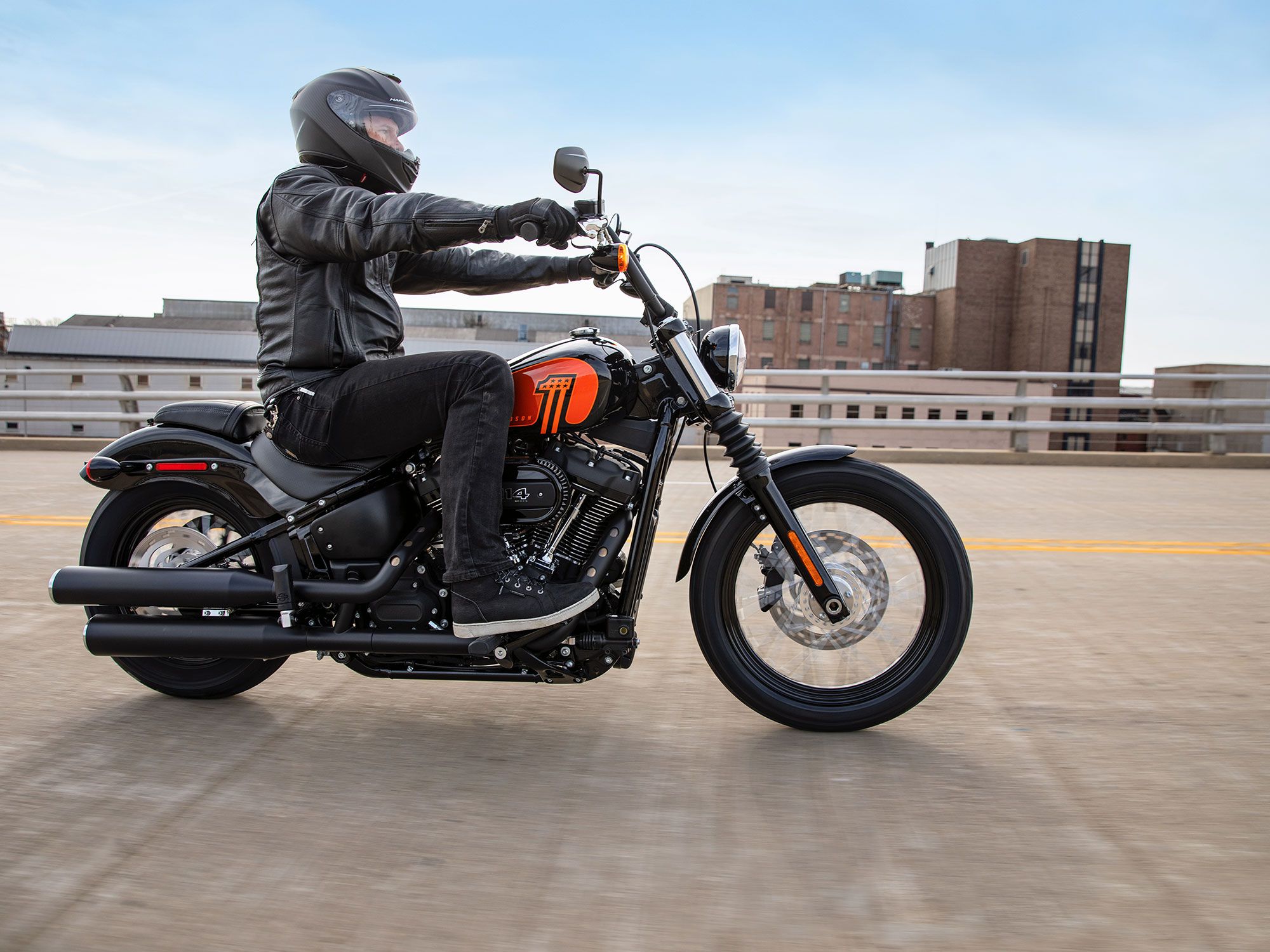
And in the world of motorcycles, inventory is actually moving pretty fast, so that dream bike you saw at your local dealership isn’t likely to be sitting on the showroom floor as long as you might expect. Assuming you even have a dealership with your dream bike nearby in the first place. This makes purchasing online an even more enticing option.
So rather than fight the times, I wanted to get a better understanding of how a person would go about buying a motorcycle online. How does a person avoid lemons, pitfalls, thieves, and other insufferable headaches?
With insight and advice from Cycle Trader Executive Vice President Paige Bouma, I was able to find answers to all my questions and get a better idea of how the bike purchasing landscape is changing.
Where to Begin Your Search
You want to make sure that you’re conducting your search with a reputable listing service because they do a lot of work on the back end to ensure fraudulent listings don’t see the light of day in the first place. Of course, Bouma has a dog in the fight, but there’s no arguing that Cycle Trader has long been a trusted resource for motorcycle buyers and sellers. And it is fully adapting to the new way of the world.

“We have an entire fraud department and really spend a lot of time looking for fraud trends, then flagging units before they come on if they think there’s any fraud associated with them,” Bouma explains. “We’re digging into that to help save people the trouble.”
Once you’re confident in your listing site, double-check that you really know what you want. If you don’t have a specific bike in mind, think about the features you need and the type of riding you plan to do. Do you want new or used? Is there a model year window or do you need something more particular? The answers to these questions will give you a better idea of what to research on the listing site so you can really nail down your budget.
RELATED: Retail Confidential Tips On Used-Bike Mileage
“Things are very different right now,” Bouma adds. “In the past, there was a lot more negotiation room on a unit. But now, units are moving so fast that if you have a dream unit and you find it, move quickly. In the negotiation phase, where you think you can really get a good deal, you probably now have 10 other people looking at that bike. Find what you want and move quickly.”
Having a set budget makes it more likely that you’ll feel confident to pull the trigger the moment you find “the one,” in other words.
Another thing that will increase confidence is buying from a dealership, rather than a private seller. Simply put, the stakes are higher for a dealer. They need to protect their reputation if they want to continue business, so it behooves them to present the bikes they have on hand to sell accurately. That’s not to say a private seller isn’t a good idea; you’ll just want to be prepared to investigate a variety of factors thoroughly when buying from an individual rather than a business.
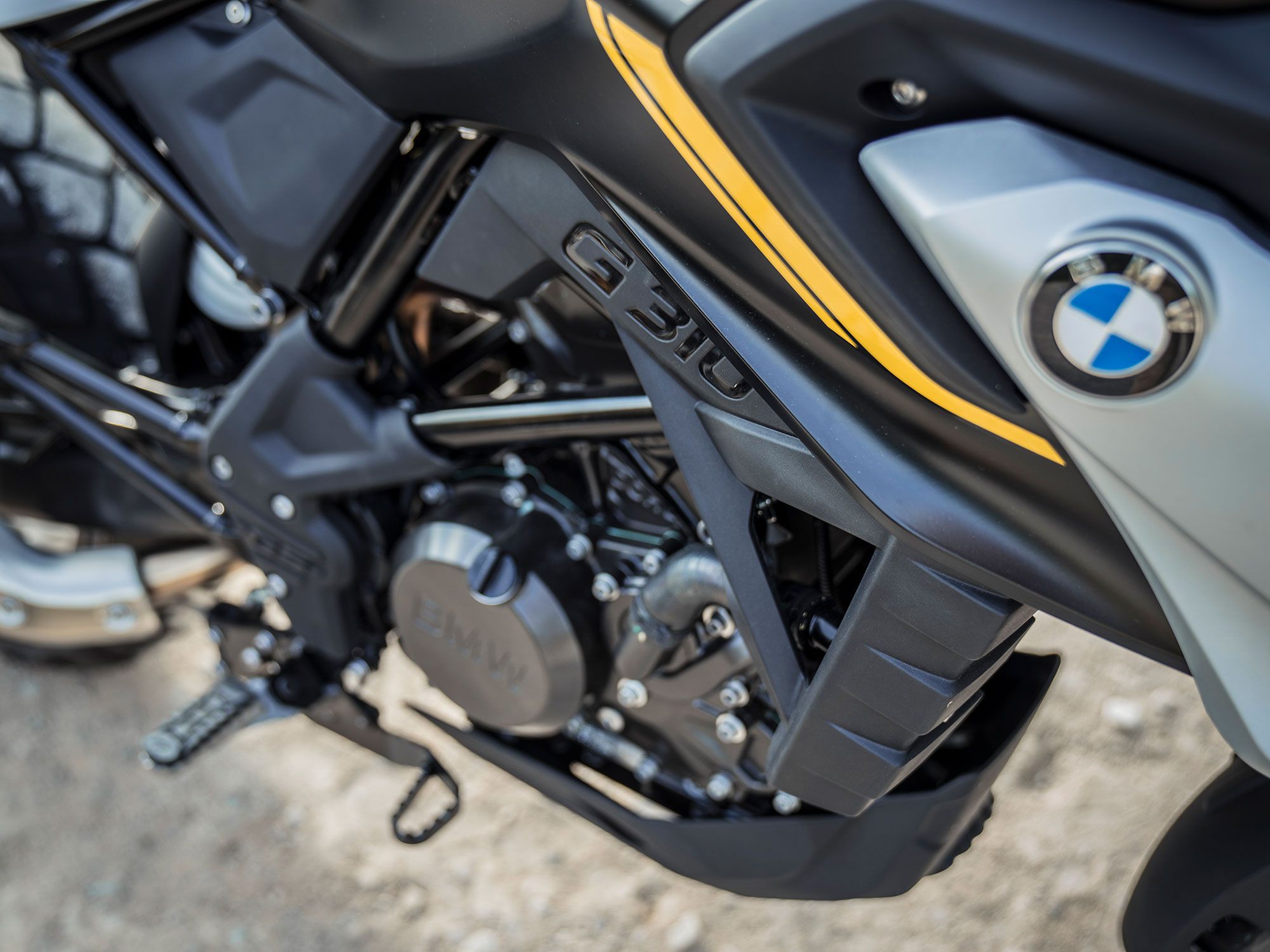
“There is some comfort in working with a dealer that you know the unit has been taken care of, or at least they’ve done a once-over on it,” Bouma explains. “And the dealers can give you an expert opinion.
“Though at the same time that you have people where it doesn’t matter. They think they’re going to get a better deal on a used unit from a private party so they’re going to want to focus on a private party, but again that inventory is so tight. I always tell consumers to not be shy about a new unit. It comes with warranties, there are some specials that manufacturers offer, there may be some really good finance offers. You can sometimes get a unit at a better price new.”
Confirm You’re Looking at a Reputable Listing
Even on reputable listing sites, sometimes fraudulent listings will find a way through, so you’ll still want to make sure the listing itself is honest and accurate. And if you’re not on a reputable listing site, the following steps will be even more important in helping you to avoid a scam.
According to Bouma, a time-tested maxim still applies.
“If something seems too good to be true, it probably is.”
So after you’ve found a model or models you’re interested in buying, research other listings to get a lay of the land. What is the average price range and how does that relate to things like mileage and condition?

If you’re able to narrow it down to a single unit, move on to confirming that the seller is real. That goes for dealers and private sellers. Google search any addresses, emails, and phone numbers associated with the listing. If the listing mentions a website, confirm that the information on the listing matches the information on the website. Type the seller’s name into the search bar alongside words like “scam” or “fraud” to see if any red flags pop up.
Research other customer reviews if available, as well.
This is one area where you’re likely to find more peace of mind working with a dealership simply because they’re more likely to have publicly facing assets like these in place. It’s a little more tricky to confirm that Harry from Kenosha is a real, solid dude.
Assess the Quality of the Listing
Once you’re comfortable with the seller, comb through the listing itself. Right-click on some of the images (if you’re using Chrome) and “Search Google for image.” This will show you if the image is being used elsewhere or if it’s a stock image.
Also, consider the number and quality of images. Trustworthy sellers want buyers to have the best and most complete view possible, so there should be a lot of clear images available. Three or four blurry pictures are definitely a red flag.
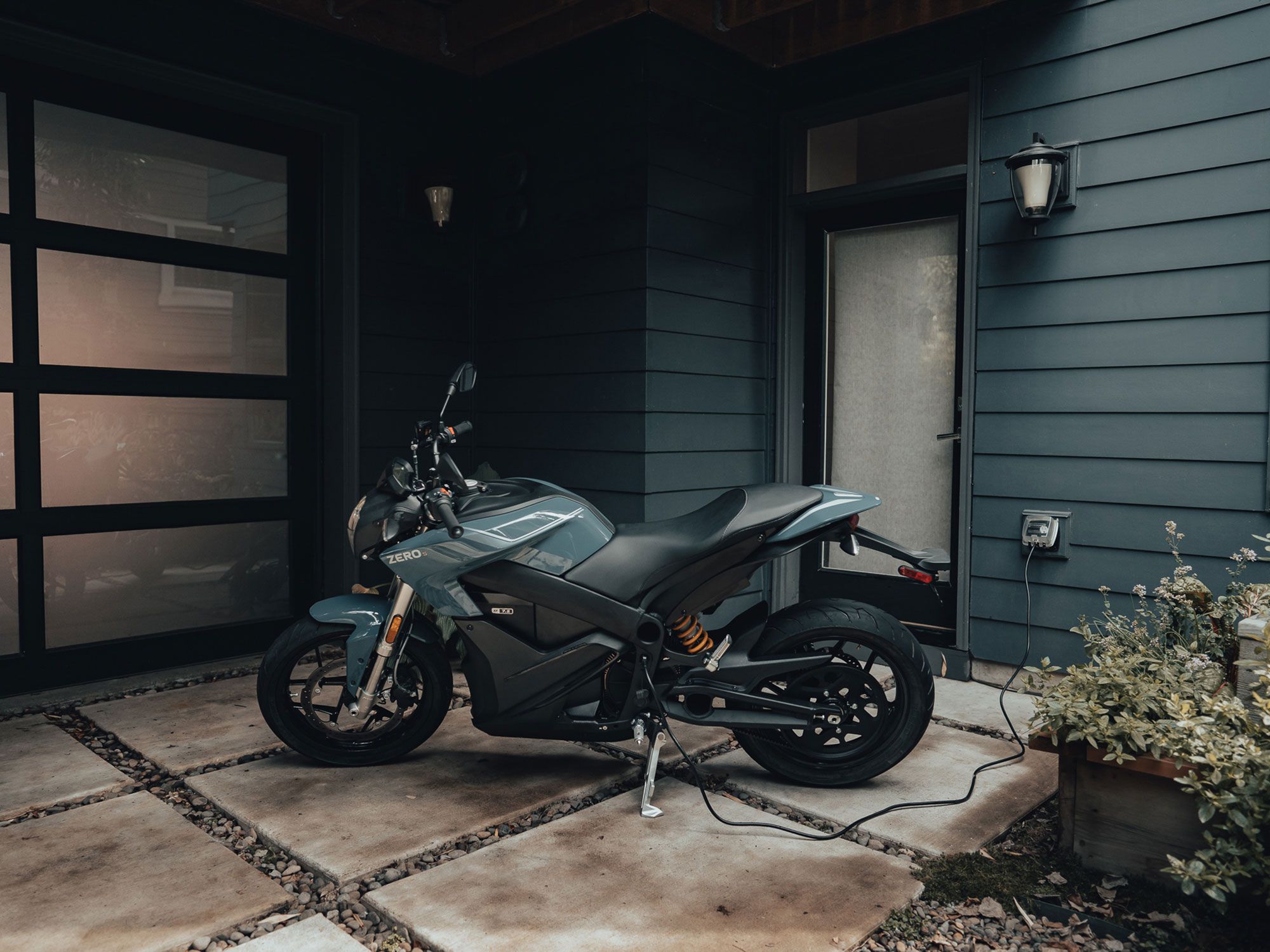
It’s also increasingly typical for there to be at least one video of the bike in the listing, to provide a sense of the sound of the bike, and to give buyers the chance to see it in a 360-degree view.
Next, read the description carefully, especially if you’re buying from a private seller. A thoughtfully written description is another strong sign that the listing party is serious. Exceptional descriptions will detail some of the history (if used) and benefits of the bike beyond the spec sheet, in an effort to give buyers more confidence that this is the bike for them.
You’ve Found the One, Now Reach Out
Once you’re confident in the listing, reach out to the seller. Get on a phone call or, better yet, coordinate a video walkaround call of the unit so you can assess the bike in real time. This is fast becoming the norm, according to Bouma.
RELATED: Motorcycle Buyers Tips
“People used to spend a lot more time just researching before they would reach out, but because inventory is so low, they’re reaching out earlier. They’re asking questions and engaging on a totally different level with the seller. They’re chatting more, they’re texting more, they’re requesting more videos. Video chats are up, so they’re asking to video chat with someone to get a walkaround of the unit.
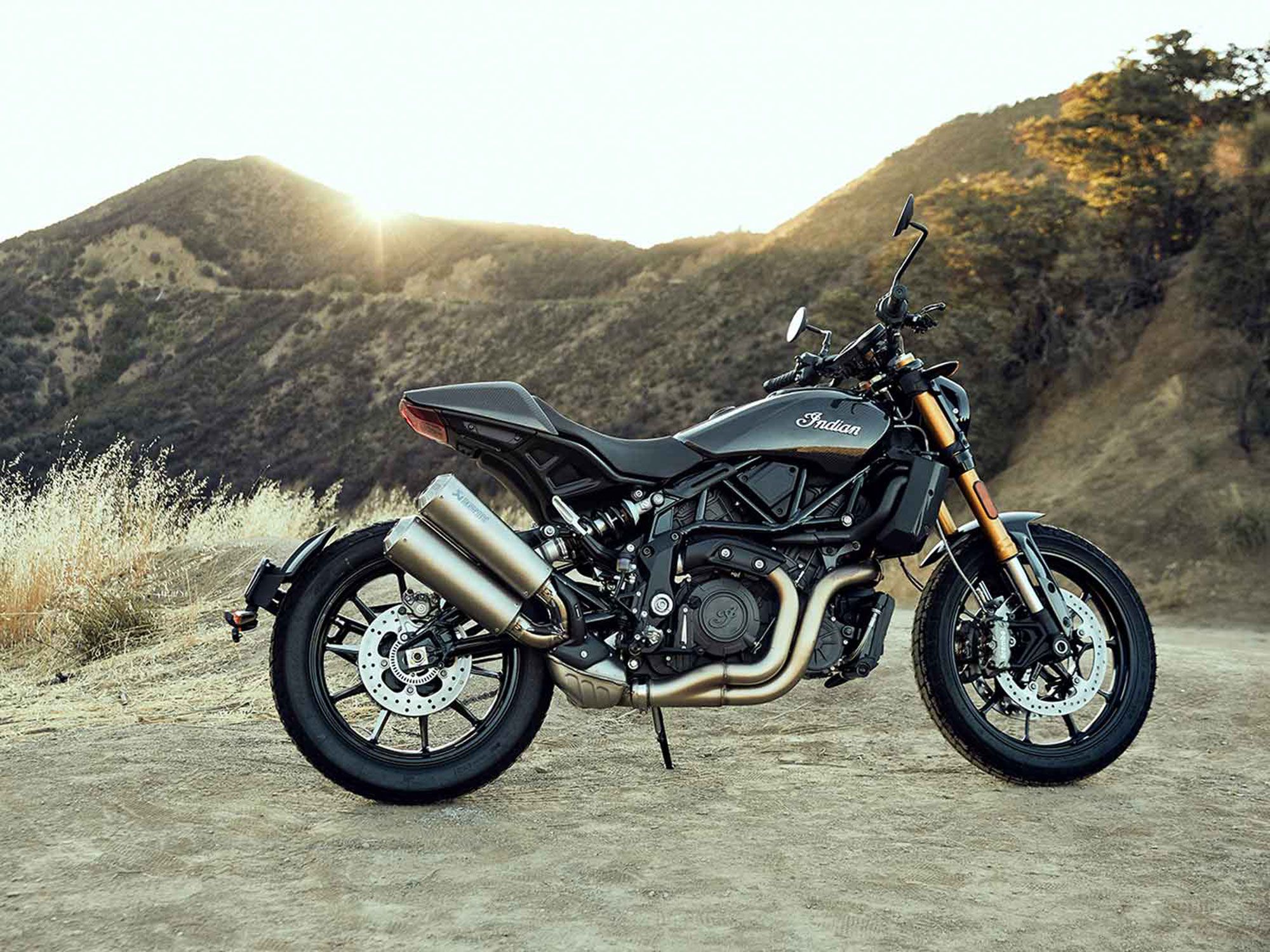
“What I think is really cool, is that by doing those video chats they’re able to hear the bike rev up, really see some of the things that are important to them. Whether it’s, ‘Can I stand flat-footed on this unit?’ ‘Can somebody my size stand on this bike so I can see what this looks like?’ They’re able to do so many more things nowadays that it gives a comfort level to buy a unit without seeing it.”
Make Your Move
Whether you’re financing or paying up-front, ensure you’re comfortable with the payment terms and that it’s within your budget. Be sure to ask about any additional fees that may arise, such as any associated with the delivery of the unit to your home. Use a payment method you’re comfortable with, especially if you’re paying up-front. A credit card is a much safer option than a money transfer, for example, if it turns out that the seller is running a scam.
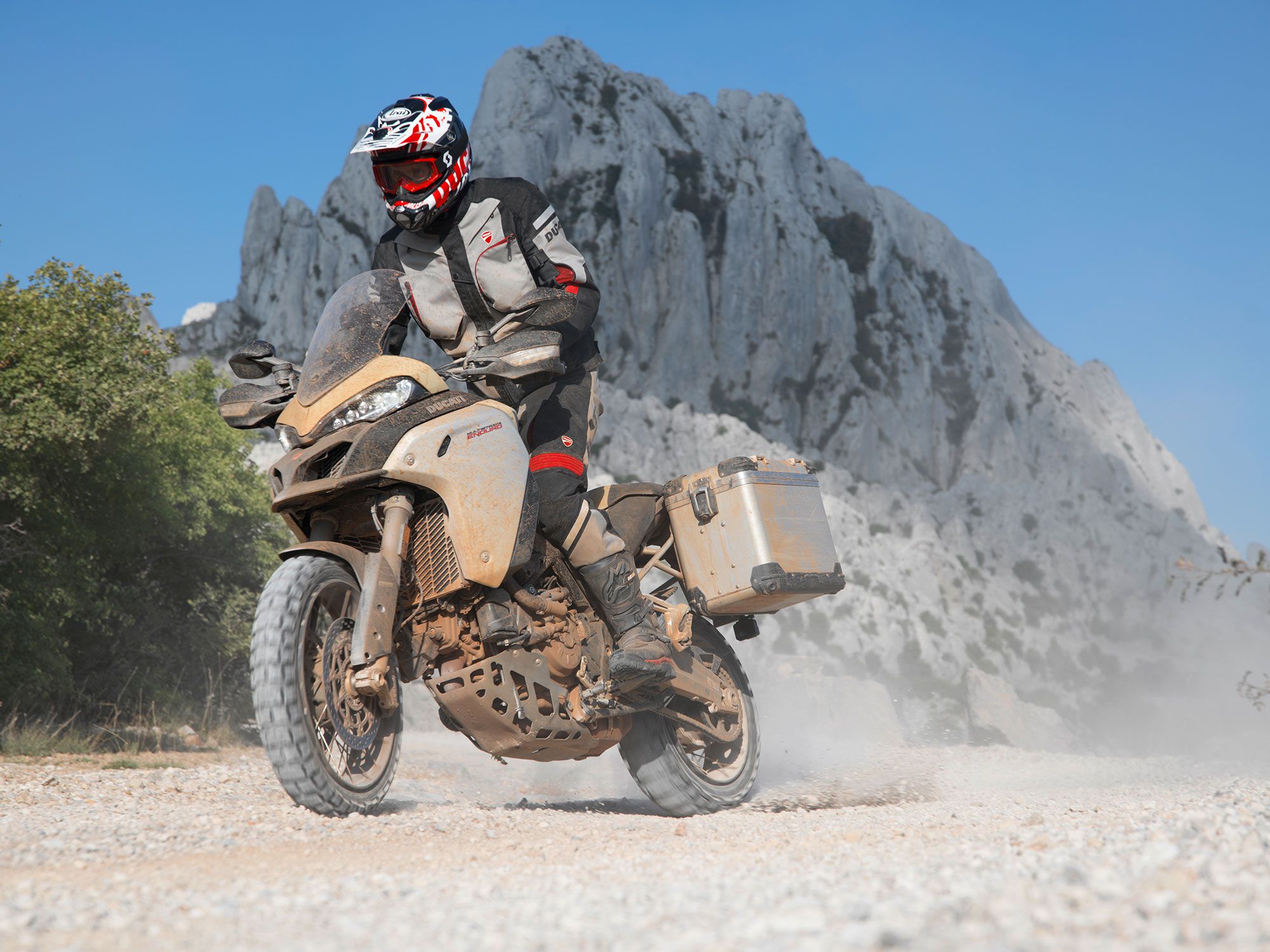
And only commit if you feel good about the transaction as a whole. You should take any lingering gut feelings or hesitancy seriously and pull out of the deal if there is any uncertainty.
Some Final Thoughts
The online bike-buying trend is still somewhat new, but it’s growing fast and quickly becoming the norm. Sites like Cycle Trader even offer financing on units from private sellers, so you don’t need to leave your house to get a line of cash or credit from the bank. Dealers are increasingly prepared to ship bikes all over the country, and the range of stellar bikes continues to grow every year. In other words, it’s a great time to start your search for your next motorcycle.
Source: MotorCyclistOnline.com
